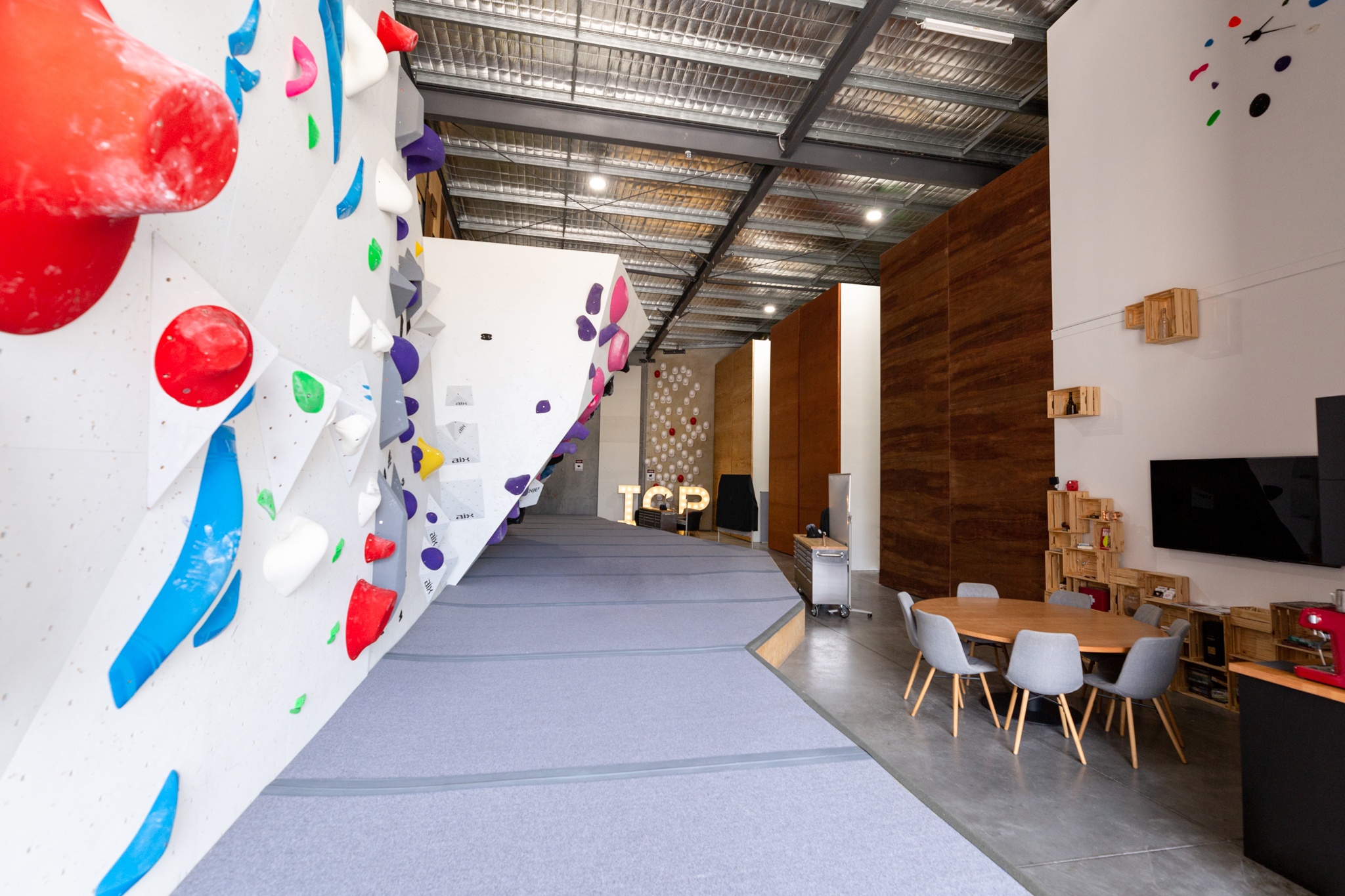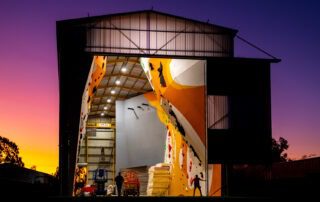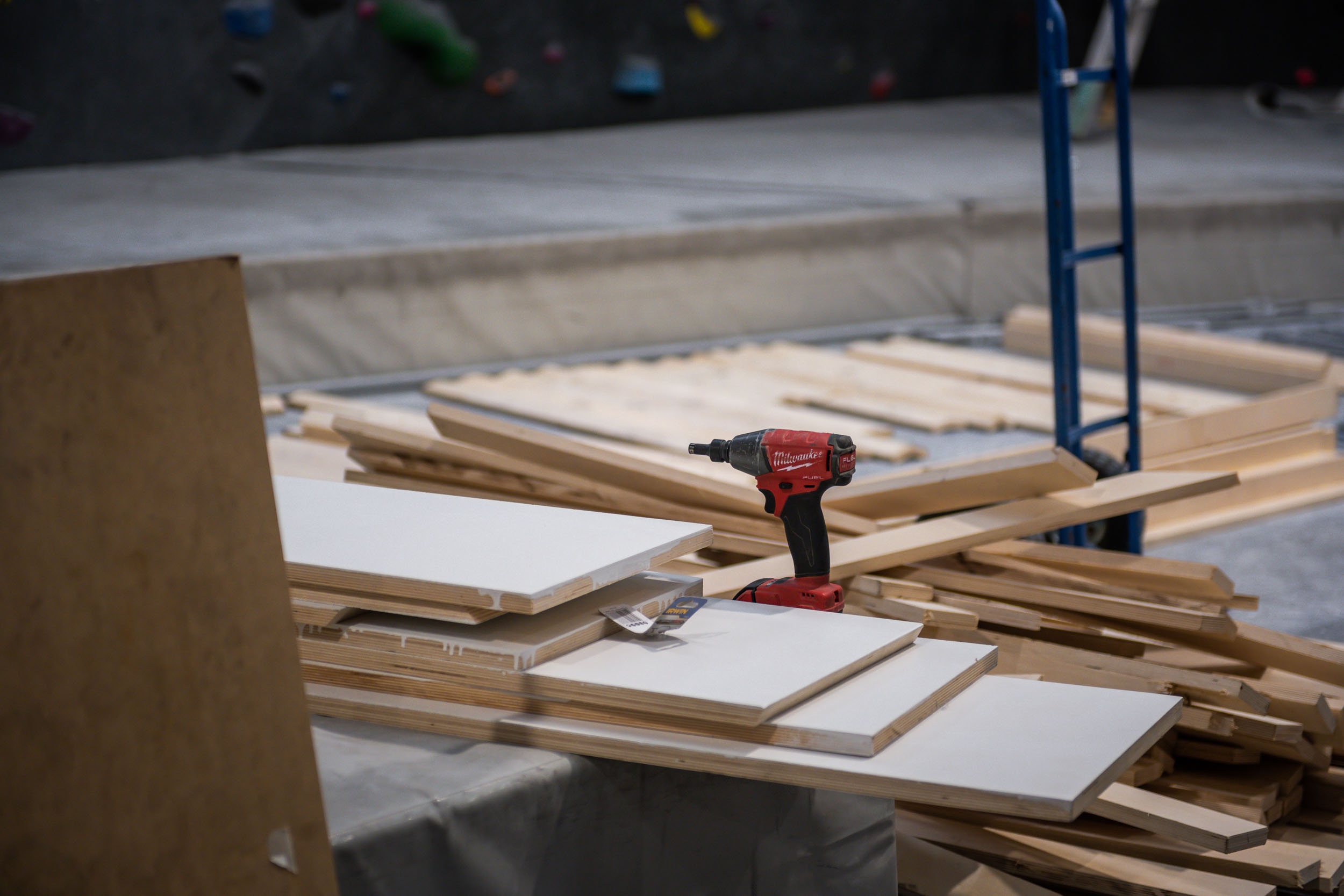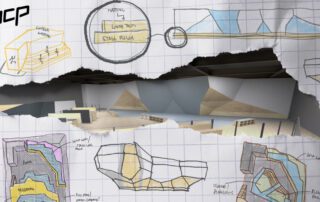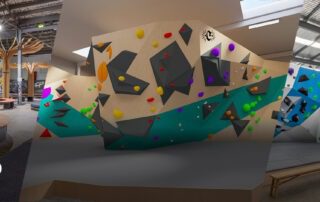You’ve developed a plan for your climbing walls, bringing you one step closer to realizing your climbing gym dream! The next crucial step on your checklist is the fit-out of your gym itself. To guide you through this process, we had a conversation with Ian a professional shop-fitter, who shared his number one tip for fitting out your climbing gym.
So, what’s our top tip for your climbing gym fit-out? Give yourself ample time. You’re embarking on a journey with various considerations, and patience will pay off. Building a climbing gym often takes longer than expected. Surprisingly, the climbing walls tend to be the quickest component to assemble and may be complete before the rest of your facility is ready. Ian explains, “You should be prepared for a 2-3 year process from the initial idea to a turnkey product.” There are several factors that gym owners should consider before diving into the fit-out process to ensure a smoother experience:
– Seek properties that are already zoned for your intended use to avoid the need for a Development Application, which can be costly and involve infrastructure charges.
– Be mindful of the building’s age, as heritage building conditions may impact costs depending on the extent of necessary work.
– Check the building’s location for floodplain considerations, as regulations can change, potentially leading to additional plumbing and electrical work.
– Define the services you plan to offer, whether it’s a climbing gym, yoga studio, fitness hub, or café. These choices affect fit-out costs and may alter your building classification.
– Engage a designer who can professionally translate your ideas onto paper, facilitating the tendering process for potential builders and cost control.
Ian also recommends involving a builder as early as possible in your project if feasible. “I personally prefer to be involved right from the start when the owner is exploring potential properties. This allows me to provide insights into the required building works for their specific needs. It’s also the stage where owners can be made aware of potential landlord works or contributions towards the fit-out during lease negotiations, which can be advantageous. This may include upgrades to plumbing connections, air conditioning, electrical enhancements, and more.” However, Ian acknowledges that this isn’t always an option. “Some owners may not have access to a builder for this kind of service and might not have a concrete vision of their fit-out. In most cases, you’ll engage a builder once you’ve secured a location, and your preliminary design has been drafted for the tender stage.”
Building a climbing gym involves careful consideration of various aspects, and we hope this information provides you with a clear direction and highlights key priorities.
